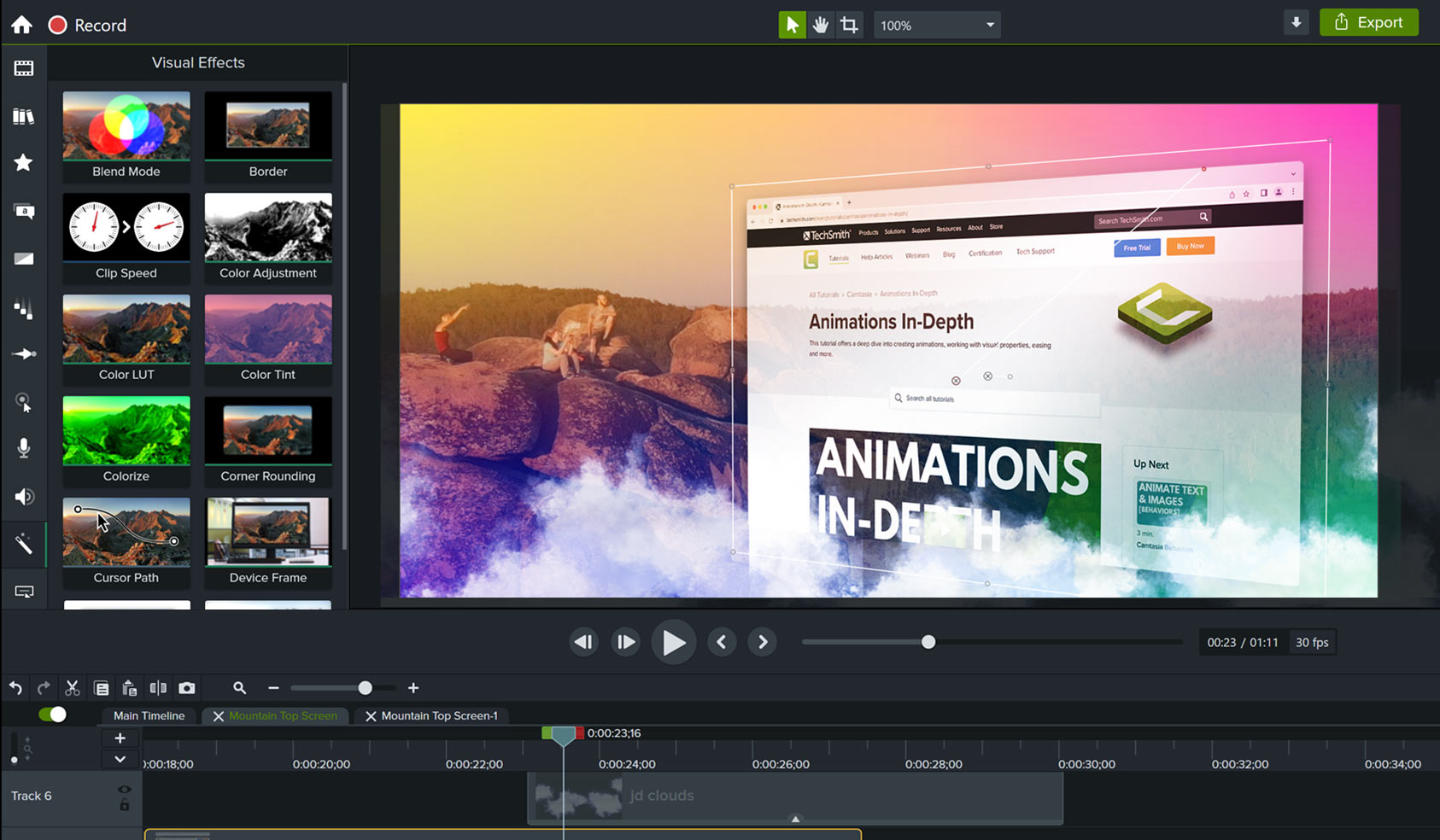

One advantage of using separate microphones, is that you can place the camera wherever you want, only limited by the length of the leads to your microphones. All in all, for the microphones, camera, audio recorder, stands, acoustic suspension mounts, cables, etcetera, etcetera, I reckon I spent about £1700, which I don't think is at all bad, and illustrates that it doesn't have to cost the earth, to get good quality results.

I have a pair of Rode condenser microphones of my own, and I also have some switchable polar pattern studio condensers. Instead, I have a separate 4-Track Tascam digital audio recorder, with its own phantom power, which I sync to the FZ-2000 by cable, so I'm actually doing the sound separately, and put it together in Camtasia later. We use Rode microphones for everything, and I can thoroughly recommend them.Īt home, although the FZ-2000 does also have internal microphones, I don't really use them either.

The SU-EVA1 does have its own internal microphones as well, but we don't use them, and instead, we also have a shotgun microphone that we can mount to the top of the camera.
#Top camtasia tutorials professional
However, then there's the sound recording to consider, so at work, one advantage of the SU-EVA1 is that it has professional XLR audio inputs, which can be fed by microphones (and has phantom power if needed), or by line inputs from, say, a mixer, or from a radio microphone receiver, so sometimes I just have two condenser microphones on stands, wired into the camera directly, and other times I have radio microphones as well, all connected into our Allen & Heath mixer, with the output of that then fed into the camera.
#Top camtasia tutorials how to
One other consideration for you, is that professional gear is usually a bit more involved to learn how to use.Īt home, I use a Panasonic Lumix FZ-2000 digital camera, which only cost me £890, can shoot 4K video, and has a superb 16-element 24mm-480mm Leica lens built in.
#Top camtasia tutorials plus
At work, I sourced us the Panasonic AU-EVA1, plus a separate Canon lens for it, which can shoot 5.7K Cinema, but we spent £6,000 on them, not including various Panasonic accessories that we also bought, plus microphones, headphones, mixer, etcetera, on top. If streaming is the issue, I suggest you do the same as we do.Īs to what video camera is best to use, it depends on your budget, and there are two I can recommend - one professional, and one consumer - both Panasonic. We then import the proper recording from the camera's memory card into Camtasia later, for the editing. At work, if we're doing that, we use a web cam for the live streaming, and a separate video camera for the proper recording, for future use, like putting up on our company intranet after the event, for example. It sounds unnecessary, unless you're also live streaming. I'm not clear why you need to have the video importing live. One trick is if you have Camtasia recording, And the camcorder recording, Do something notable that makes a loud sound - ie clap your hands once - later when you import the camcorder footage, you can use the clap to alight the camera to the sound that was recorded with Camtasia. The camcorder will also pick up sound but it will be mostly unusable. Have Camtasia record both the screen and the microphone. If you are the teacher, do you also intend to record a computer screen? If so what I would do is use Camtasia on that computer, along with a reasonable microphone. If that's not an option, go for an inexpensive camcorder - you can then place that anywhere in the room that's convenient. Honestly, most modern phone cameras are pretty good and I would get a clip to put one on a tripod and use that. People have used all kinds of things from cheap camcorders all the way up to expensive DSLR cameras with expensive lenses.

The only choice that will flow into Camtasia "as it's being recorded" is a webcam.Īnything else, you'll have to import afterwards.


 0 kommentar(er)
0 kommentar(er)
